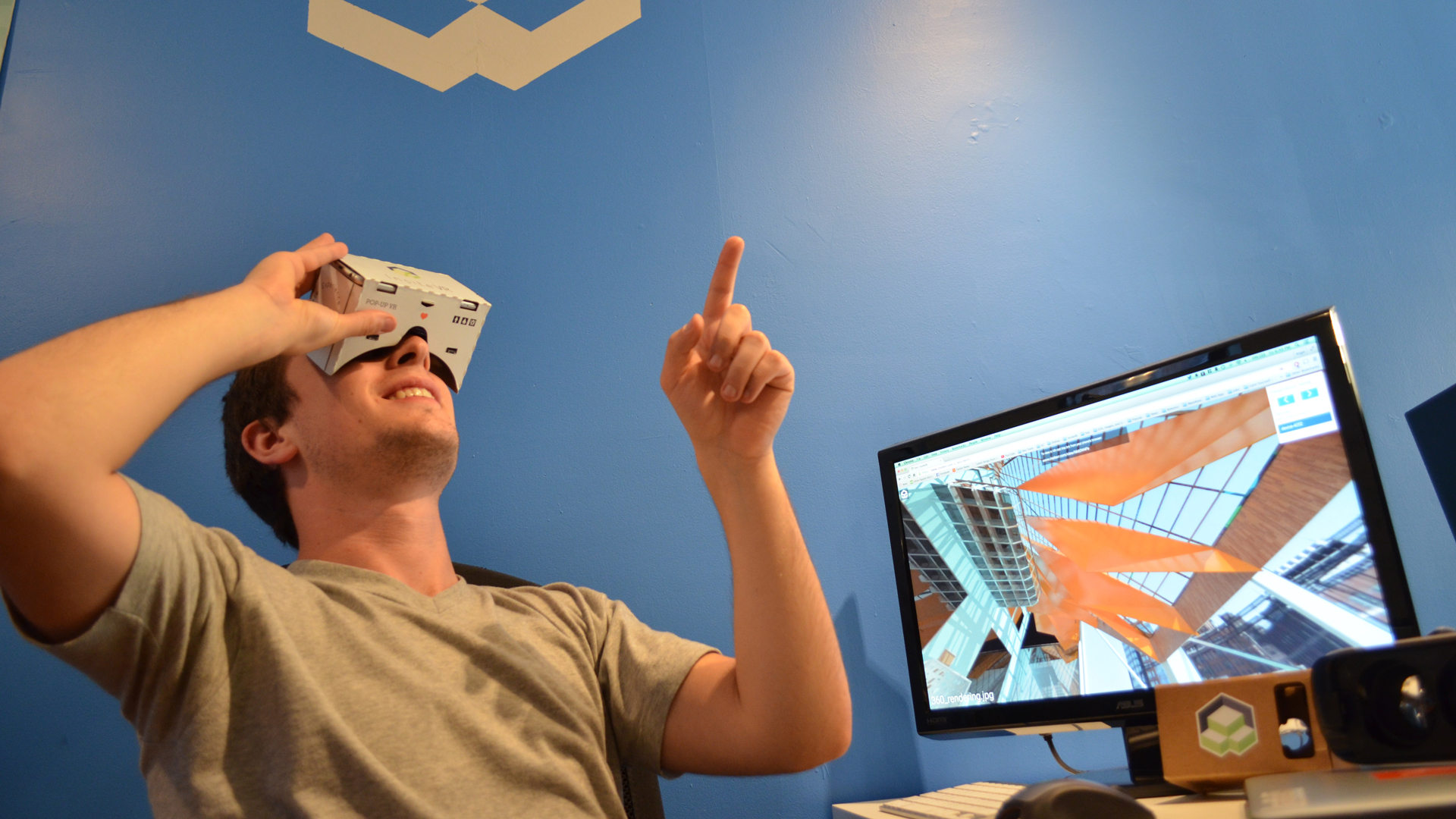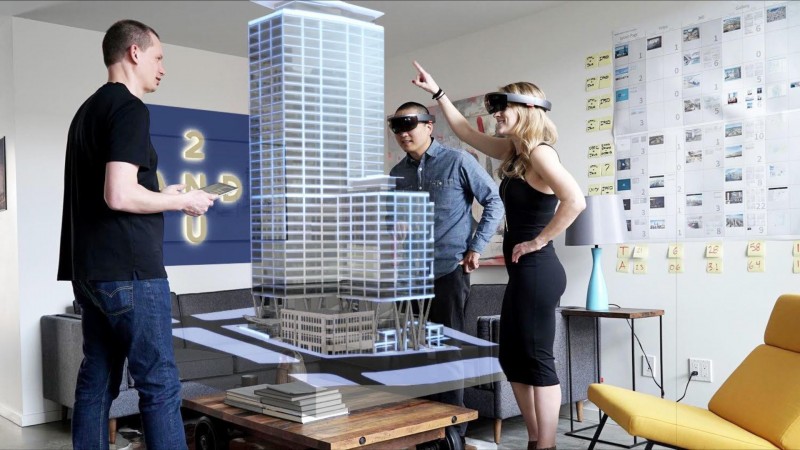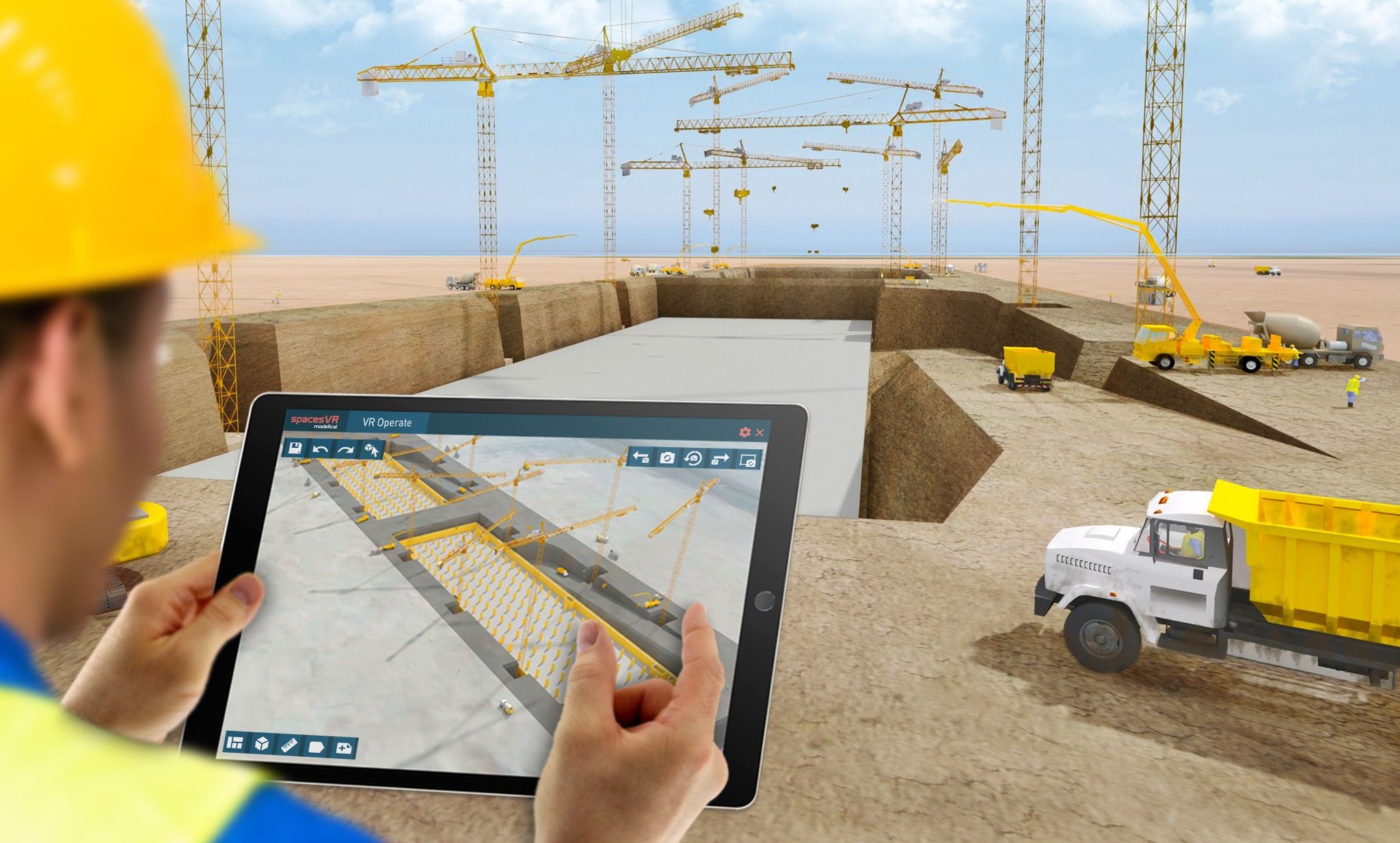The future of 3D visualization will take the creation process of architectural projects to a new level of quality and speed. Thanks to high-tech CGI tools, architects will accelerate not only the design stage but also the implementation of their architectural ideas during construction.
The most enhanced CGI tools are already influencing the architectural industry, but the future of 3D visualization promises even more dramatic changes. This will help architects reach new heights in their careers.
Most high-tech technologies are oriented toward making designing and constructing faster and more effective. Collaborative digital engineering, rapid manufacturing of building elements, minimization of errors during the whole process – everything will be possible with advanced 3D visualization. Moreover, presenting and approving projects will be much easier, thanks to the jaw-dropping immersive visual materials of the future.
As an architectural rendering company, we closely follow all technological updates in order to be at the forefront of innovation. Learn with us what technologies are already shaping the future of 3D visualization and how they will change architectural work in the near future.
#1. Rapid Prototyping Speeds Up the Construction Process
Rapid prototyping works well with 3D printing – a service that allows printing basically anything CG artists can create as a 3D model. Fast and effective prototyping has already been useful for testing and manufacturing construction products and equipment, and now it’s changing the way we build our houses.
The future of 3D visualization brings us the so-called rapid construction – a mass-produced type of construction that could be prototyped on a 3D printer. Such buildings’ components are developed in parts and then assembled in various configurations like puzzles. The result is much faster and easily adjustable – architects expect that in a few years, skyscrapers will be constructed in a matter of weeks.
#2. VR Software Allows Designing Projects in Real Time

Architectural VR software creates a digital space for the cooperative designing process in real-time and allows many specialists to work on a task simultaneously. Architects can enter such a space with the help of PC-connected headsets or standalone headsets.
At this moment, the most advanced 3D visualization tool of this kind is Insite VR, which includes voice communication, collaborative markups, synchronized cloud models, scale, and mute controls. It enables architects to meet in Virtual Reality and build architectural 3D models together, which makes the whole process much faster.
It’s simply vital for large-scale projects with tight deadlines that require the skills of different specialists – while one of them creates the plumbing system, the other works on ventilation, etc. Besides, VR software developers claim it’s only a little glimpse of the future of 3D visualization, and soon, even cities will be fully designed in digital space.
#3. AR Turns Presentations Into A New Immersive Experience

Augmented Reality involves overlaying real-world environments with digital content – unlike VR, which stands for complete replacement of reality. People can experience augmented reality using portable devices with AR apps or Smart glasses and AR headsets, but the future of 3D visualization will bring even more sophisticated tools.
AR technology will help showcase a project to clients like never before, so that there won’t be any questions left after viewing. Augmented reality apps make it possible to lay CG visuals on real construction objects and even demonstrate the future building process “live” during a presentation.
AR allows viewers of a presentation to witness the whole construction from A to Z in digital form. This way, clients of 3D visualization studios can understand the step-by-step implementation of a project. It simplifies and speeds up the approval process – a hefty benefit of 3D for architectural business.
#4. Mixed Reality BIM Apps Help Prevent Construction Errors

The future of 3D visualization in construction includes MR apps that combine VR and AR features. In particular, MR BIM apps allow architectural visual materials to be overlaid on the real environment as in AR, and, at the same time, anchor them to physical objects as in VR. It’s possible thanks to holographic and immersive devices, such as mixed reality headsets.
MR BIM applications can perform as guides for builders while providing tips during the construction process. Architects are able to upload holographic plans, CAD drafts, and renderings to MR apps so that contractors can accurately follow the instructions and reconcile every step with the CG visuals.
A builder can point an MR device at a certain construction piece, and a BIM app can show what to do according to project plans. This helps to avoid misunderstandings and errors between Architects and Builders and makes every aspect of their work impeccable.
#5. VR Animation Immerses Viewers Inside Projects
Architectural animated 3D videos demonstrate project ideas to clients at presentations or, in rare cases, as the content for video blogs. However, the day will come soon when VR helmets, goggles, and costumes will become commonplace like smartphones and computers – and VR 3D animations will replace all other video content.
Get your project estimated in just 1 hour - fill out this brief!
The future of 3D visualization brings Architects enhanced walkthrough and flythrough VR animations. This allows them not only to examine the exterior but also to explore the environment around it, like on the advanced Google Maps. This way, choosing a location for future construction or deciding on the landscape design will be no problem.
With the help of VR animation, viewers can immerse themselves in a project where they will explore and analyze the location without the need to do it in reality. So, architects can easily work with clients from abroad – hold meetings, decide on the details, and keep them informed without leaving the office.
Groundbreaking 3D visualization technologies of the future will develop the working process of architectural design and construction to an unbelievable level of effectiveness. They will accelerate the creative cooperation of architects, improve contracting services, and even change standard building methods to rapid construction.
However, an equally important benefit of using 3D visualization technologies of the future is their marketing value. Whether it’s a presentation, content for a site, or portfolio, advanced CGI instruments allow us to hook clients like any common method can.
Wish to develop your business on all fronts and enter the future of 3D visualization as a leader? Better follow all technological trends immediately. If you want top-notch visual materials today, use ArchiCGI architectural rendering services and get innovative CGI products for jaw-dropping project presentations.

Valerie Adams
Blog Writer
Valerie is an editor and content writer. She used to work on news and entertainment TV channels and in a fashion & design magazine. In her spare time, she enjoys visiting foreign countries, art events, film and street dancing festivals.



